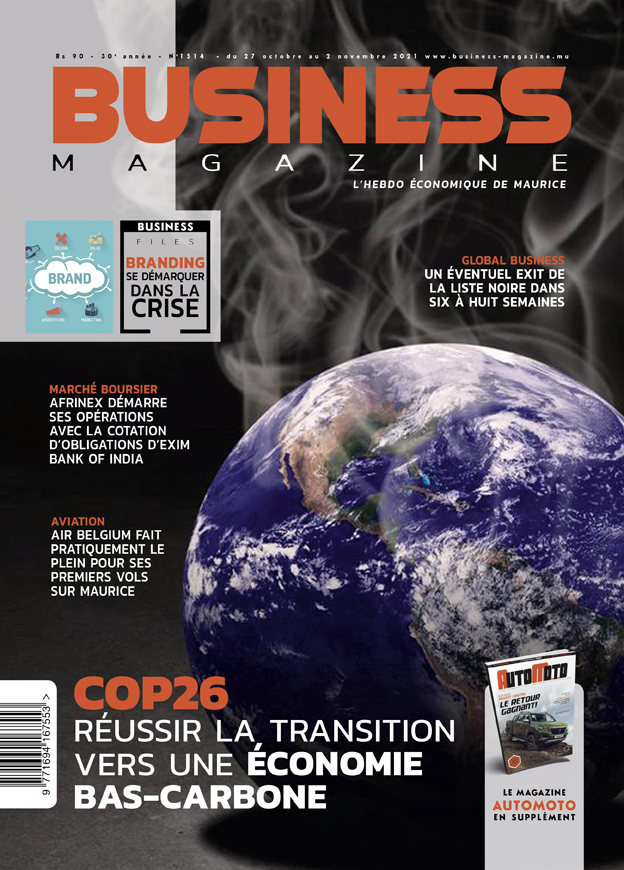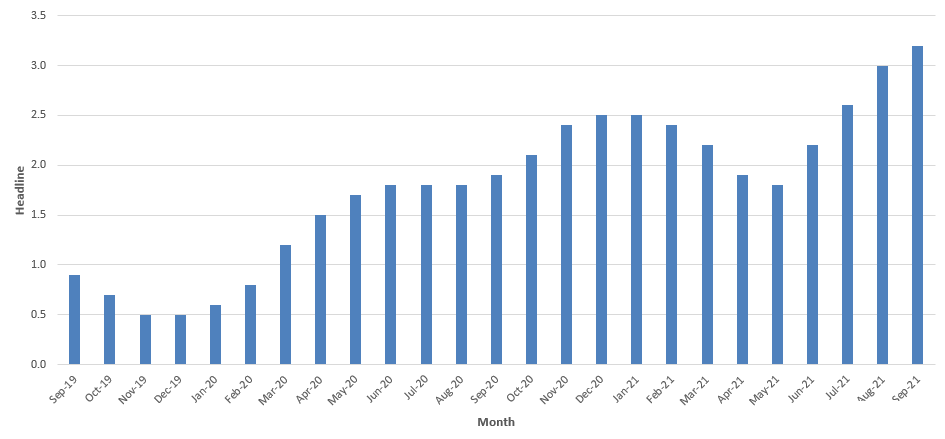The best ways to organise and distribute work
Share

In fact, there is a history behind the organisation of work: history of the methods and structures used to organise the activities of each and every one in a business organisation. Nowadays, work involves more than the use of tools and techniques. The co-ordination of each activity in a bigger strategic plan is of vital importance for results-orientated businesses. Each worker has a job to do. A job is therefore seen as a related set of tasks that are carried out by a worker to fulfil a purpose. The job or work that one has to do is “decided” by the organization. Accordingly, the job can be designed.
Job design is about the contents and methods of a job and its relationship with other jobs. Job design ensures technological and organisational requirements are satisfied. Business leaders are constantly considering the best ways to organise work so as to satisfy the requirements of the organisation for productivity, operational efficiency, and quality of pro-ducts and services. Before the “Job Design approaches”, the Tayloristic approach was the most dominant way of organizing work.
F.W Taylor (1911) believed in division of labour and specialization. He had a simple recipe:
• Minimise skills required to do a job (smaller tasks, easier to train worker on a small task than a complicated one).
• Minimise time taken to complete a task (this should increase efficiency).
• Maximise Control (managers should have maximum control).
Taylorism brought some disadvantages also with it: boredom, repetitive work, job dissatisfaction, lack of accountability, poor quality, etc. Job design came as a remedy to the above-named problems. The most common ones are:
• Job Rotation; which comprises moving employees from one task to another.
• Job Enlargement; which means enlarging a job by combining previously fragmented tasks into the job. The job is horizontally-loaded with activities of the same level of skills.
• Job Enrichment; which means adding more responsibilities. The job is vertically-
loaded with activities that require higher skills and competencies.
• Autonomous Work Groups; these are self-managed teams who work with a high degree of autonomy and without direct supervision.
The way work is organised will continuously evolve with different methods being tested. The ones that prove to be effective will receive much of management’s attention. The newest re-design is known as THE HIGH-PERFORMANCE WORK DESIGN.

















